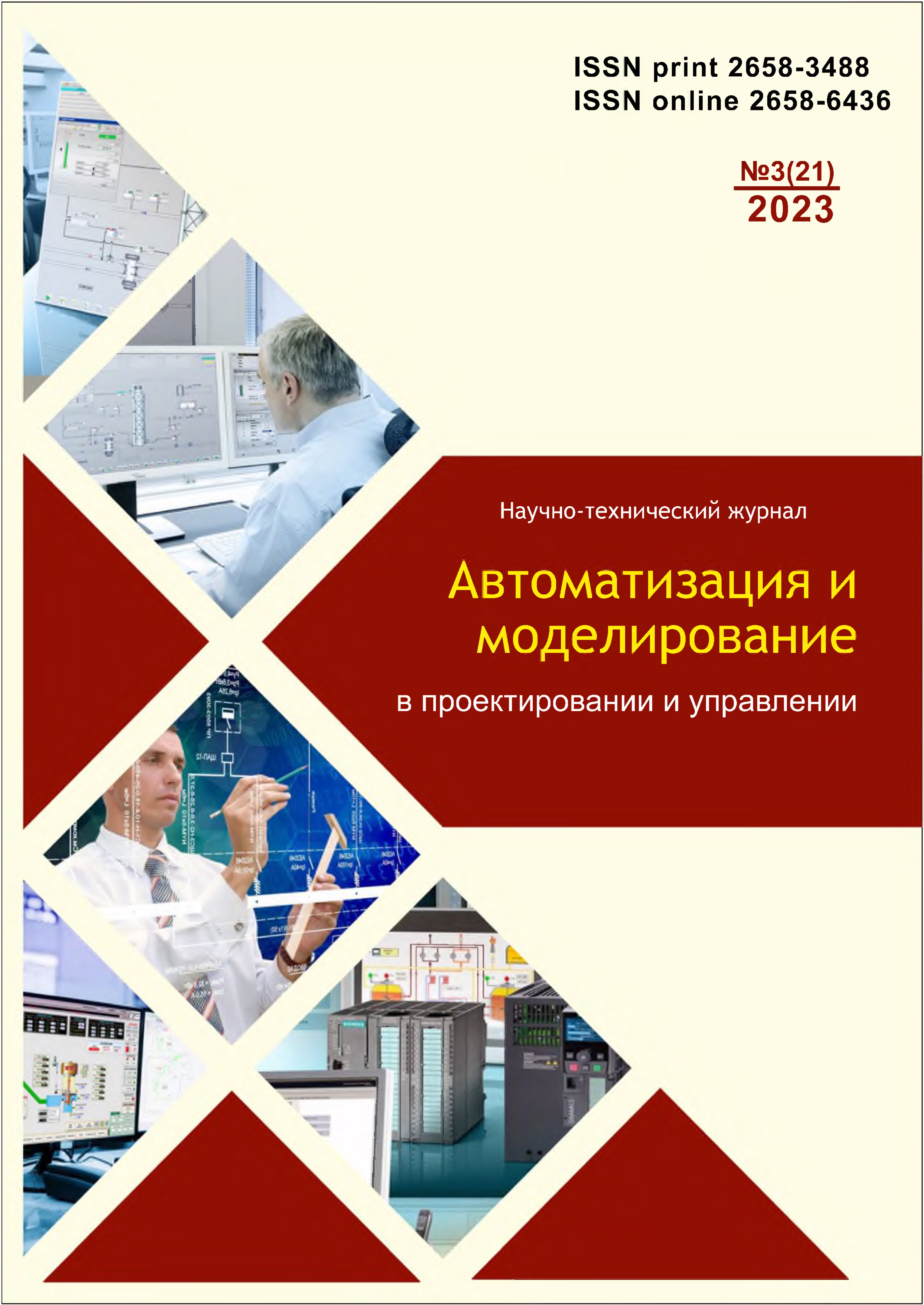Voronezh, Russian Federation
The aim of the study is to model the processes of preparing information for solving problems of analytical work, including determining the composition of indicators and arrays of statistical data. The article is devoted to developing a model, an algorithm and software of determining the composition of indicators, on the basis of which the decision maker solves the problem of analytical work. The results obtained as a consequence of performing certain calculation tasks, as well as the arrays of statistical data required to solve the specified calculation problems are presented at scale. Such research methods as graph theory, Petri nets, CPN Tools software environment are used in the paper. The novelty of the work lies in the fact that, based on formalizing the problem being solved, a model and an algorithm are developed that differ from the existing ones by the possibility of automating using the CPN Tools software environment to find the composition of indicators and arrays of statistical data required to solve problems of analytical work. The results of the study consist in describing the developed model and algorithm of the problem being solved, as well as a numerical example explaining the possibility of their use applying the CPN Tools software environment. The findings state that the developed model and algorithm can be used to automate solving the problems of analytical work, applying the results of solving computational problems based on processing statistical arrays.
analytical work, calculation problems, composition of indicators, arrays of statistical data, data scaling
1. Kuznetsov I.N. Information: Collection, Protection, Analysis: a Textbook on Information-Analytical Work. Moscow: Yauza; 2001.
2. Kononova A.M., Sofina R.A. Information and Analytical Support for the Operational Activities of the Internal Affairs Bodies. Moscow: Department of Civil Service and Personnel of the Ministry of Interior of Russia; 2011.
3. Menshikh VV, Samorokovsky AF, Gorlov VV, et al. Mathematical Modelling of the Actions of Internal Affairs Bodies in Emergency Situations. Voronezh: Voronezh Institute of the Ministry of Interior of Russia; 2016. EDN: https://elibrary.ru/XBRGQB
4. Menshikh VV, Samorokovsky AF, Sereda EN, et al. Modelling the Collective Actions of Employees of Internal Affairs Bodies. Voronezh: Voronezh Institute of the Ministry of Interior of Russia; 2017. EDN: https://elibrary.ru/ZTOWFJ
5. Danilova O.Yu., Menshikh V.V., Sinegubov S.V. Legal Statistics: Methods and Models. Voronezh: Voronezh Institute of the Ministry of Interior of Russia; 2018. EDN: https://elibrary.ru/YOZXWX
6. Menshikh V, Morozova V. Models of Using Qualitative Values of Statistical Indicators in Organisational Management Systems. In: Proceedings of the 3rd International Conference on Control Systems, Mathematical Modelling, Automation and Energy Efficiency; SUMMA: 2021(3):256-260.
7. Morozova VO. Aggregation of Legal Statistics Data. Technique and Safety of the Penitentiary System Objects. In: Proceedings of the International Scientific and Practical Conference. Ivanovo: PresSto; Voronezh: Voronezh Institute of the Federal Penitentiary Service of Russia: 2022. p. 377-380. EDN: https://elibrary.ru/XJIBZQ
8. Morozova V.O., Menshikh A.V. Formation of an Initial Data Sample for Legal Statistics Models. The Bulletin of Voronezh Institute of the Ministry of Internal Affairs of Russia. 2022;2:87-93. EDN: https://elibrary.ru/JZJHCV
9. Larichev O.I. Verbal Decision Analysis. Moscow: Nauka; 2006. EDN: https://elibrary.ru/QJPVZD
10. Orlov A.I. Organizational and Economic Modelling: the Theory of Decision Making. Moscow: KNORUS; 2010.
11. Menshikh V.V., Kopylov A.N., Kucher V.A., Telkova S.A. Discrete Mathematics. Voronezh: Voronezh Institute of the Ministry of Internal Affairs of Russia; 2016. EDN: https://elibrary.ru/XUCAJZ
12. Peterson J. Petri Net Theory and the Modelling of Systems. Moscow: Mir; 1984.
13. Zaitsev DA, editor. Simulating Telecommunication Systems with CPN Tools. Odessa: ONAT; 2006.










